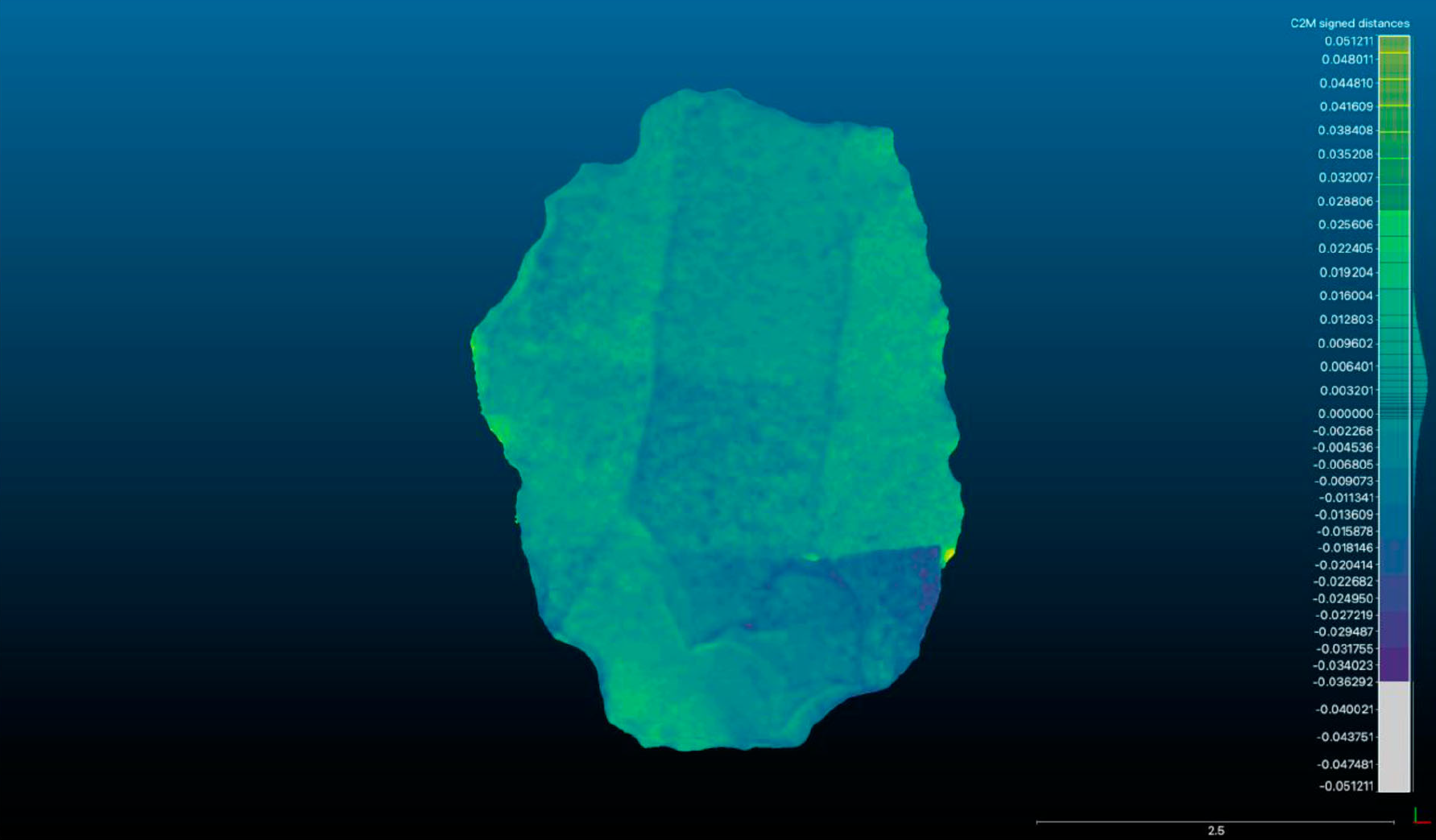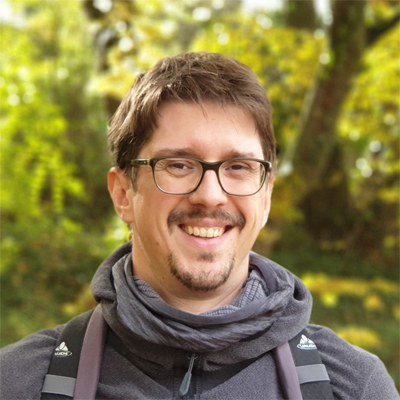New publication: Structured light, Structure from Motion and lithic artefacts
So recently, I have published a new article together with Gianpiero di Maida of the Neanderthal Museum in Germany. The article is about his project called DISAPALE, but also about the comparison between a Structured Light Scanner and Structure from Motion. Wait, what?
Structured Light Scanner
So a structured light scanner is a device that projects a pattern of light on to an object (so in our case a lithic artefact), scans this pattern on the object with a camera and analyses the distortions of the pattern to reconstruct the topography of the object itself. This is a straight forward method used a lot in archaeology and museums. Scanners like this cost between 10.000-12.000 €, but can go up to 80.000 €.
The advantages of a Structured Light Scanner is the overall workflow, that is pretty fast. The results of the scan are visible more or less immediately and the details are pretty good. One problem the method has, that is pretty important for lithic archaeology, is the peripheral areas on the side, so where the object is the sharpest. It is quite hard to catch these correctly when scanning.
Structure from Motion
Structure from Motion on the other hand just uses a good camera and takes a lot of photos of an object. After some post-processing, these photos get automatically aligned and combined, so that the result is again a 3D object. This method is as well widely used in archaeology and museums and it is comparably cheap with cameras between 1.000-3.000 € and the software for educational institutions up to 450 €.
The results are not immediately visible and takes some time. Depending on the quality of the images taken and the contrast of the object photographed, the details can vary immensely. Lithic artefacts are in most cases pretty homogenous, meaning they do not offer so much contrast. Structure from Motion can not cope with that well.
Results
The article shows which method is the best to scan lithic artefacts and concludes, that although Structure from Motion is a comparable cheap and easy method, Structured Light Scanner is the better choice for lithic artefacts. The scans provide more detail and once set up, the scanning process is straight forward.
You can find the article here, but unfortunately, it is behind a paywall, something I really dislike. I can however offer a couple of free digital copies to people interested. So if you want to read the article, feel free to contact me. I can send you a copy.







